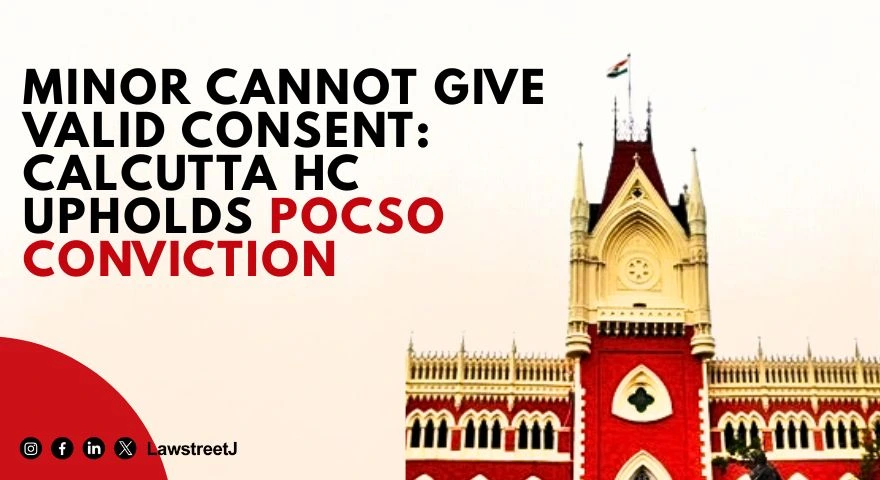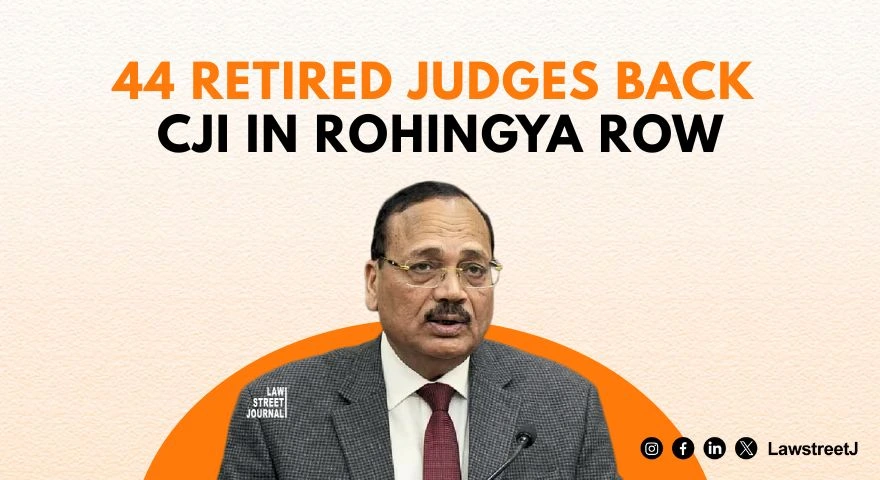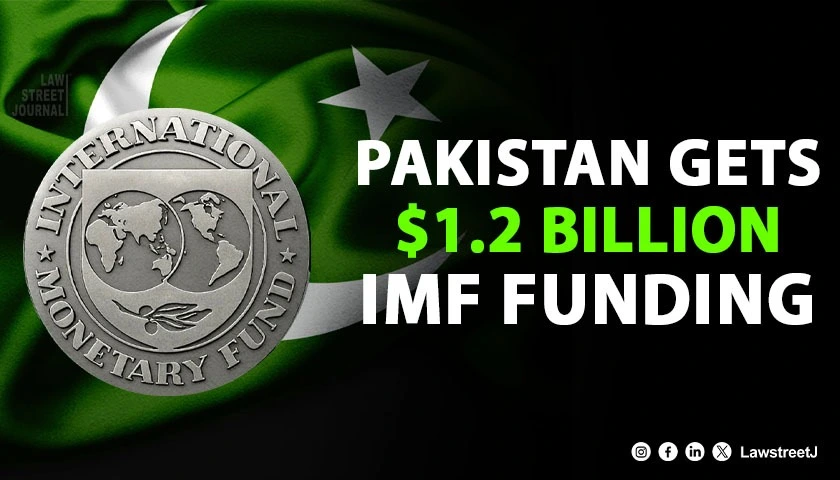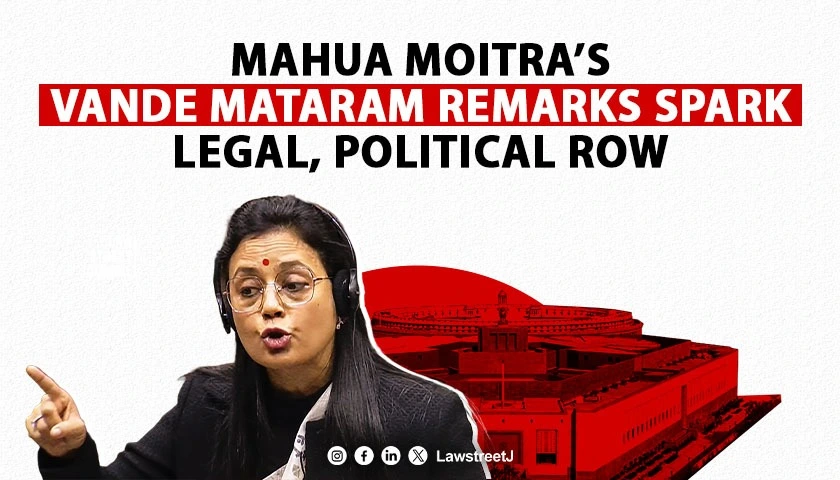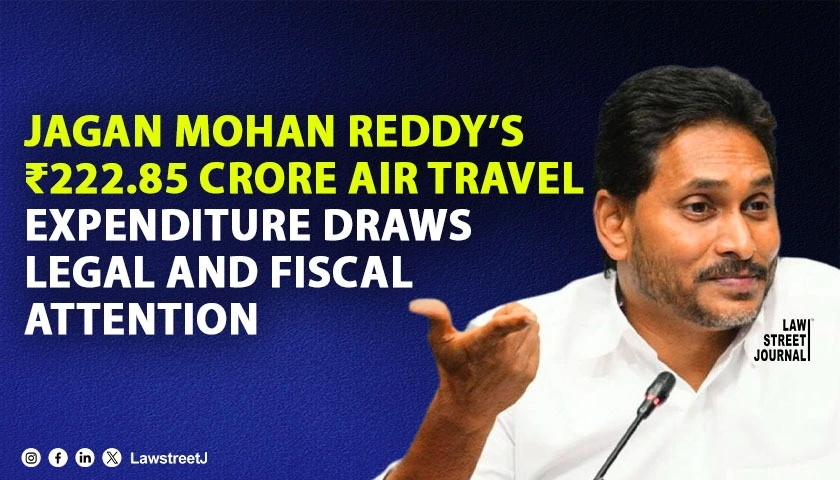The Supreme Court on 9th September 2020 granted a stay on the Maratha Reservation Law of 2018 which granted reservation to the Maratha community in Maharashtra in fields of education and job. The 3-judge bench gave a stay on the operation of Socially and Educationally Backward Classes, Act 2018.
The apex court ordered that there will be no further implementation of the act but the admissions which have already been taken place under this act will not constitute invalid. It said that it is a matter which should be dealt with by the larger bench which will be set-up by the Chief Justice of India Justice S.A Bobde. The three-judge bench comprised of Justice L Nageshwar Rao, Justice Hemant Gupta, and Justice S Ravindra Bhat said that the total quota now exceeds the cap of 50% set up by the court.
The Bombay High Court in 2019 stated that the Maratha quota of 16% reservation is not justifiable but also said that the reservation should not exceed 12% in employment and 13% in the education as recommended by Backward Commission. This judgment of the Bombay High Court came in June 2019 and the plea in the Supreme Court was challenging the same. Since the Bombay High Court gave 12% reservation in the employment and 13% in the education in accordance with the Social and Educational Backward Classes (SEBC), Act, it violated the principle laid down in the case of Indira Sawhney v. Union of India; a benchmark case that sets grounds for reservation in India.
Senior advocates Kapil Sibbal, Dr. Abhishek Manu Singhvi, Mukul Rohatgi, and Chander Uday Singh joined their argument in the favour of the reference.
Senior advocate Kapil Sibbal said The Parliament has already breached the limit. When the constituent power is to be tested, it will be tested on the touchstone of Article 14, the touchstone of the basic structure. The Union of India itself states that 50% does stand in the way and it can be breached. This means that Indira Sawhney is no longer good law. He further added that 50% is no longer the Lakshman Rekha, Chattisgarh has 82% reservation, with Mizoram, Nagaland, and others at 80%. The demographic has changed. In many states, there has been no development and the backward classes population has increased. This is for the court to judicially decide. The pie has to be divided accordingly.
Dr. Abhisehk Manu Singhvi said It is a clarificatory proviso, which is meant to state that the reference can be made at any stage. Beginning, middle, end; you can refer it wherever. This proviso is only clarifying it. Also, the High Court can refer to the Supreme Court under Article 133, but the Supreme Court cannot do so? Where do you even get this from, he also stated further that it will be for the first time when the intersection of Articles 15(4), 16(4), 338, and 342A will be decided.
Advocate Mukul Rohatgi similarly held, It is not appropriate for this case to be decided without that case being heard. So, it's better if this case is tagged along with that one. He further submitted that the Indira Sawhney case dealt with Article 15(4) and 16(4) and not with 15(5) and 16(6) also the impact of Article 338B; 324A on Article 15 and 16 have not been considered yet.


